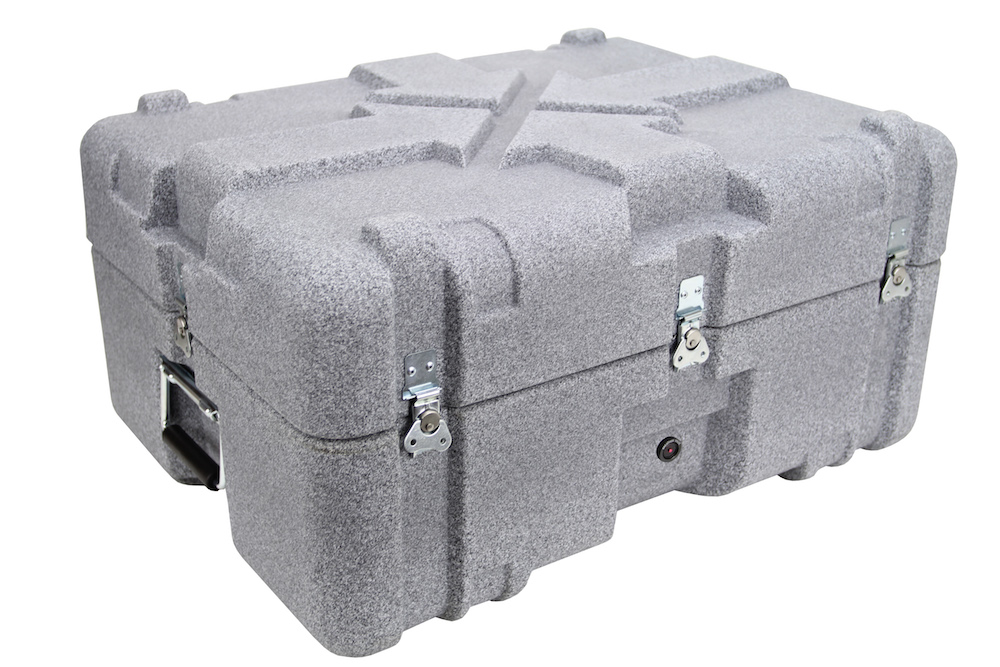Reducing shipping costs has long been an initiative for businesses — but in light of this past year’s developments, the urgency around the matter has shifted and there’s pressure to act fast.
Increased consumer demands paired with safety restrictions and limited labor availability have resulted in supply chain bottlenecks. This degree of congestion and delays has created a ripple effect where the price of raw materials and shipping containers have increased. And inevitably, these higher costs are then passed down to consumers so businesses can balance their sheets.
While market conditions will continue to fluctuate, there are proactive steps businesses can take to reduce shipping costs and bring both short-term and long-term value to their operations. Here are four of them.
1. Swap One-Time Use Shipping Cases for Reusable Options
The cost of single-use shipping containers can add up quickly. With reusable packaging, you can save yourself the time and expense of having to continuously repurchase shipping cases.
Economic advantages also come in the form of reduced space utilization. Because reusable packages use standardized designs built for durability, they are easier to stack on top of one another. So with less space on a truck or plane, you can transport the same amount of product.
2. Customize Cases to the Exact Dimensions of Your Product(s)
Stock-sized shipping cases can be a viable option for some products. But in many instances, you’re dealing with unique product shapes and dimensions that require customized solutions.
Custom-fit shipping packages not only enhance the safety and security of your products in transit — after all, extra space creates more room for items to shift — but they also reduce the overall packaging footprint as the case is a lighter weight and smaller. Together, this results in a lower dimensional weight, which ultimately steers calculated shipping costs in the right direction.
3. Move Production to Work Around Tariff Increases
As of March 2021, the average U.S. tariffs on imports from China remain elevated at 19.3%. That’s more than six times as much as tariffs were when the trade war first started in 2018.
By moving the manufacturing of cases and products to offshore production facilities in other countries, businesses can avoid these tariffs and still get the advantages of offshore production. Working with a partner that has established relationships with offshore manufacturers outside of China provides the ideal avenue, as you’ll save the time it takes to find new offshore suppliers and get the quality results your business requires.
4. Leverage the Optimal Design & Manufacturing Techniques
The design and manufacturing of shipping cases shouldn’t happen in silos, but rather work together cohesively. This ensures the most efficient lead times and the optimal end products.
A design-for-manufacturing approach feeds directly into this idea. While you can be assured your shipping case design will translate into a manufacturable product (and avoid the hefty costs of having to go back to the drawing table), you’ll also be able to pinpoint the most cost-effective manufacturing techniques that deliver the durability and flexibility your products need.
Connect with Cases By Source for Your Shipping Case Needs
As a designer and manufacturer of custom shipping cases, Cases By Source has years of experience developing reusable shipping cases. We use a design-for-manufacturing approach to tailor and fit case solutions to our customers’ products, while providing supply chain support to workaround tariff increases and other challenges.
To learn more about what we can do for you, request a free consultation with our team.








Leave a Comment